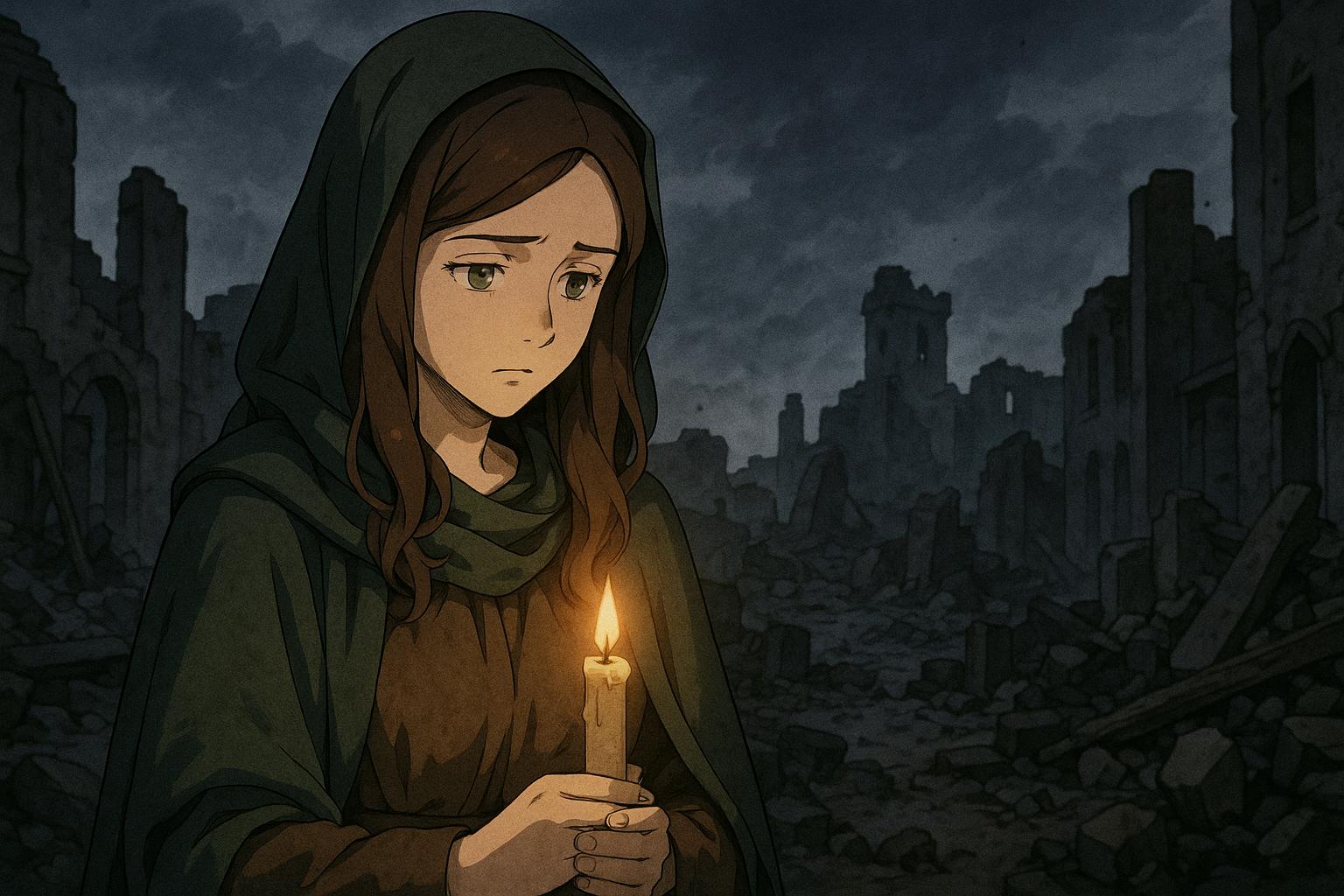A Fianna Fáil TD has recently issued an apology for his claim that the British Army has never bombed or shot civilians in Ireland, a declaration that has ignited considerable debate regarding the historical record of British military actions on the island. Cathal Crowe's assertion was described as “a genuine slip-up,” but historical evidence sharply contradicts this assertion.
The British Army's presence in Ireland has long been marked by numerous controversial operations resulting in civilian casualties. Most notably, during the Easter Rising of 1916, British troops employed artillery and machine-gun fire in urban environments, leading to significant loss of life. According to historical accounts, at least 260 of the total 485 deaths were civilians, demonstrating the tragic consequences of military engagement in populated areas.
In Northern Ireland, operations throughout the Troubles further underscore the complexity and often tragic human cost of military intervention. Operation Banner, which lasted from 1969 to 2007, oversaw the British military's role in the conflict. Estimates indicate that the military accounted for approximately 10% of all fatalities during this period. While one study claims the British Army killed 306 individuals, another suggests the number could be as high as 301, with civilians constituting up to 53% of those fatalities. This included a staggering number of children among the casualties.
Particular incidents have cemented the reputation of British military actions as heavy-handed. The Ballymurphy massacre, which occurred in August 1971, saw eleven civilians killed by soldiers from the 1st Battalion, Parachute Regiment, during an operation against suspected IRA members. These tragic events later echoed in the infamous Bloody Sunday of January 1972, where British soldiers shot 26 unarmed civilians, resulting in 13 immediate fatalities. These cases illustrate that the military's engagement often blurred the lines between combatants and non-combatants, leading to grave unintended consequences.
The heavy toll of civilian life did not end with the Troubles. The Springhill massacre in July 1972, where five Catholic residents, including a 13-year-old girl and a priest, were killed by British soldiers while assisting the wounded, exemplifies the ongoing debates over accountability and military ethics. Different narratives of these events persist, often shaped by the interpretations and memories of those who lived through them.
Crowe’s erroneous statement reveals a broader challenge in public discourse about Ireland’s tumultuous history with British rule, particularly in light of ongoing discussions surrounding reconciliation and truth-telling. While the TD clarified his position, the historical record remains unambiguous: the actions of the British Army during various operations have, indeed, culminated in the tragic loss of civilian life, a fact that cannot be overlooked in the narrative of British-Irish relations. Acknowledging this history is crucial for future discussions about accountability and the path toward healing and understanding.
Reference Map:
- Paragraph 1 – [1], [4]
- Paragraph 2 – [3], [4]
- Paragraph 3 – [5], [7])
- Paragraph 4 – [6], [5]
- Paragraph 5 – [1], [4]
Source: Noah Wire Services
